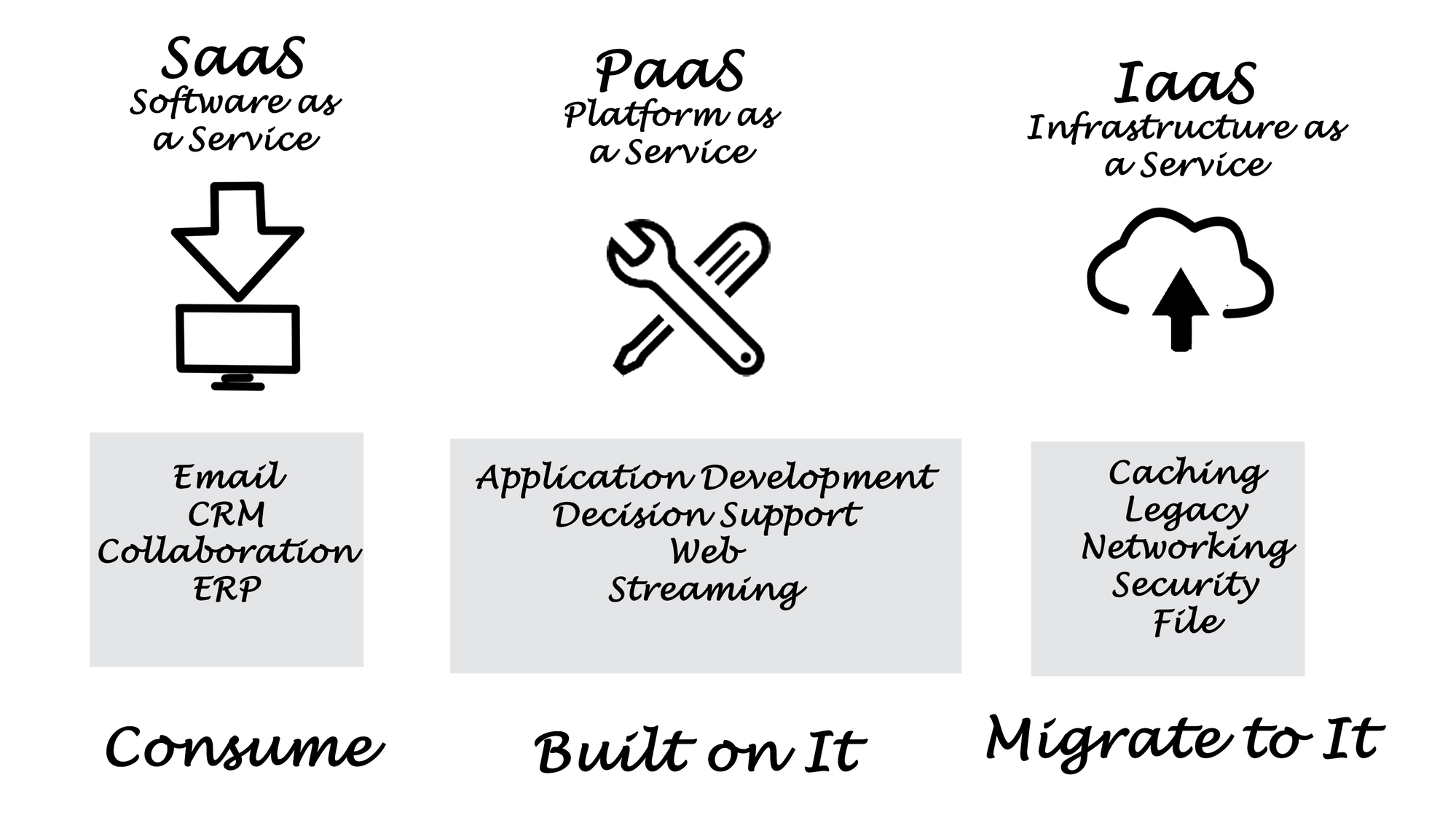Welcome to Mabstac, LLC | Anything Accounting
- Call us: (703) 828-2336
- Mail US : info@mabstac.com
- ADD US : Mabstac, LLC
- Call us: (703) 828-2336
- Mail US : info@mabstac.com
- ADD US : Mabstac, LLC

GASB Statement No. 101, Compensated Absences
The Governmental Accounting Standards Board (GASB) released Statement No. 101, Compensated Absences (Statement 101), which replaces GASB Statement No. 16, Accounting for Compensated Absences. This Statement establishes standards of accounting and financial reporting for (a) compensated absences and (b) associated salary-related payments, including certain defined contribution pensions and defined contribution other postemployment benefits (OPEB).
The standard defines a compensated absence as leave for which employees may receive one or more:
- cash payments when the leave is used for time off;
- other cash payments, such as payment for unused leave upon termination of employment; or
- noncash settlements, such as conversion to defined benefit postemployment benefits.
Examples of compensated absences include vacation (or annual) leave, sick leave, paid time off, holidays, parental leave, bereavement leave and certain types of sabbatical leave.
The revised and enhanced requirements of the new Statement are expected to provide better and comparable information for users of financial statements through recognition of liabilities for compensated absences that more appropriately reflect when a government incurs an obligation. In addition, it is intended that the revised and enhanced requirements will result in a more robust estimate of the amount of compensated absences that a government will pay or settle.
Statement 101 requires liabilities for compensated absences to be recognized for:
- Leave that has not been used and
- Leave that has been used but not yet paid in cash or settled through noncash means.
Under the new Statement a liability should be recognized for leave that has not been used if (a) the leave is attributable to services already rendered; (b) the leave has accumulated; and (c) the leave is more likely than not to be used for time off or otherwise paid in cash or settled through noncash means. In determining whether the leave is more likely than not to be used, or otherwise paid or settled, relevant facts and circumstances should be considered, including employment policies related to compensated balances and historical information about the use or payment of compensated absences. Certain salary-related payments that are directly or incrementally associated with payments for leave should also be included in the liability. Leave that is more likely than not to be settled through conversion to defined benefit postemployment benefits is not included in the compensated absences liability.
Statement 101 also addresses the timing of the recognition of a liability for certain types of compensated absences, such as sabbatical leave, parental leave, military leave, jury duty leave and other specific types of compensated balances.
Statement 101 provides an alternative to the existing requirement to disclose the gross annual increases and decreases in long-term liabilities for compensated absences by allowing disclosure only of the net annual change in the liability as long as it is identified as such. Governments are no longer required to disclose which governmental funds will be used to settle the liability.
The requirements of Statement 101 are effective for fiscal years beginning after December 15, 2023, and all reporting periods thereafter, with earlier application encouraged.




